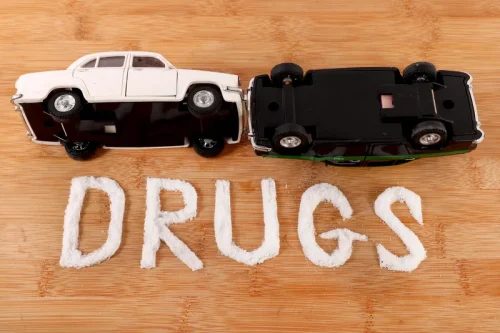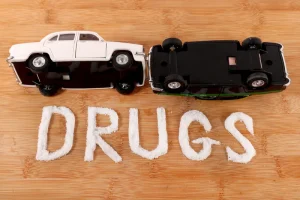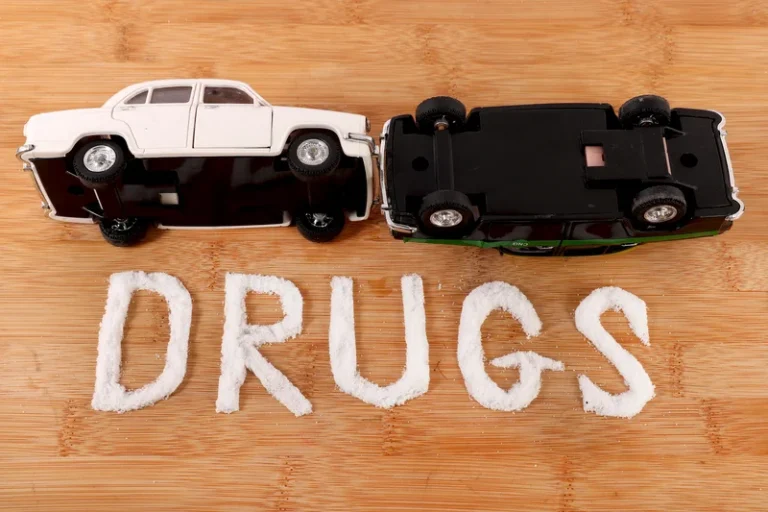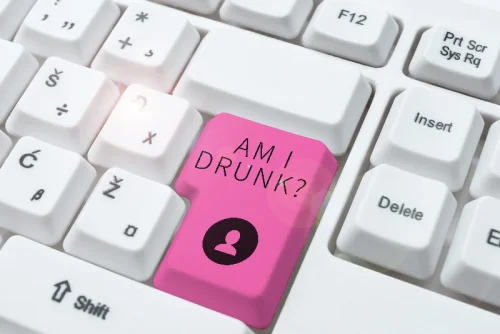
If The Recovery Village is not the right fit for you or your loved one, we will help refer you to a facility that is. If you don’t already have a supportive network, you can make new connections by joining social media communities dedicated to alcohol-free living. While hepatic encephalopathy can also lead to coma and death, the condition usually resolves with treatment. Alcoholism can also lead to liver disease, which, in its advanced stages, can cause a characteristic flapping or shaking of the hands known as asterixis. In a country where drinking is widely available in many settings, it can be hard to tell when your drinking has crossed the line into a problematic habit.
- However, there are effective treatment options available to manage and alleviate these symptoms.
- Her wealth of experience coupled with her natural talent for connecting with people and a deep desire to make a difference in the world has made Angie the leader she is today.
- During prolonged alcohol use, the body compensates for the depressant effects of alcohol by increasing the activity of excitatory neurotransmitters.
- These may still be mild, or the existing symptoms might increase in severity.
- It involves adopting practices that promote physical, emotional, and mental well-being, helping individuals manage stress and maintain sobriety.
Symptoms of Alcohol Withdrawal: Timeline and Signs of Danger

It is recommended to eat foods that are rich in vitamins and minerals, such as fruits, vegetables, whole grains, and lean protein. The points below are parameters you can fulfill to prevent alcohol withdrawal shakes. This phenomenon is often referred to as the “morning shakes,” and it is a common occurrence when drinking large amounts of alcohol.
Addiction Therapy FAQs

Medically supervised detox can help ease the process and prepare you for addiction treatment. In a normal state, your brain keeps you alert and calm by keeping what’s called your inhibitory and excitatory systems in balance. Alcohol throws off this balance by enhancing the activity of a major inhibitory chemical in your brain called GABA, resulting in you feeling relaxed and drowsy.

Breaking the Cycle: The Role of Codependency in Substance Abuse

Chronic drinkers who abruptly stop drinking typically start experiencing symptoms of alcohol withdrawal within six to eight hours after their last drink. In addition to alcohol shakes, signs of alcohol addiction withdrawal also include profuse sweating, agitation, anxiety, heart palpitations, and nausea that lead to extreme vomiting episodes. Seeking medical attention and supervision is crucial, especially for individuals experiencing severe symptoms. Detoxification, medications, therapy, and support groups all play important roles in managing alcohol withdrawal shakes and helping individuals embark on their recovery journey. There are many treatment options available to help manage alcohol withdrawal shakes. Medical treatment, detoxification, medications, therapy, and support groups can all be effective in managing withdrawal symptoms and helping you begin your journey to recovery.
- While tremors can suggest that someone is withdrawing from alcohol, alcoholism is not the only cause of shaking.
- You may also verify your insurance, ask questions, or schedule an intake assessment.
- When you’re dehydrated, your body doesn’t have enough fluids to carry out its normal functions, including keeping your muscles working smoothly.

Give us a call today to verify your insurance coverage or to learn more about paying for addiction treatment. Counseling and behavioral therapies are how to stop alcohol shakes core components of treatment, helping people understand the root causes of their addiction, develop coping strategies, and build a supportive network. These therapies can take various forms, including individual therapy, group therapy, and family therapy, each offering different benefits. Experiencing alcohol-induced shakes can be uncomfortable and concerning, often linked to nervousness and low blood sugar. Professional assistance is available in various forms, including medical consultation, therapy, outpatient programs, and inpatient treatment.
Alcoholic Brain Damage
Typically, when you quit using alcohol, mild symptoms of withdrawal occur first. These symptoms, which often begin 8 https://ecosoberhouse.com/article/the-causes-of-sneezing-when-drinking-alcohol/ to 24 hours after your last drink, generally include insomnia, headaches, fatigue, and increased anxiety. Similar to the more common withdrawal shakes, Delirium Tremens will generally begin presenting symptoms after 2 to 4 days, but can sometimes take up to a few weeks to fully develop. DT is extremely dangerous and will often require 100% medically supervised detox, including heart rate and blood pressure monitoring and, sometimes, even emergency life support. The safest way to prevent dangerous withdrawal symptoms is to consult with a medical professional to assess your risk and align on the appropriate level of care. Depending on the risk level, medical withdrawal management, commonly known as “detox ,” may be recommended.
Most people recover from alcohol withdrawal within a week, but people with severe dependency may experience withdrawal for multiple weeks. Alcohol causes serious changes in the brain, and prolonged symptoms such as sleep problems, mood changes and fatigue may take months to overcome, according to the U.S. Support groups, like Alcoholics Anonymous, can provide you with a supportive community of people who understand what you are going through. These groups can help you stay motivated and committed to your recovery and provide you with the tools and resources you need to manage withdrawal symptoms.

